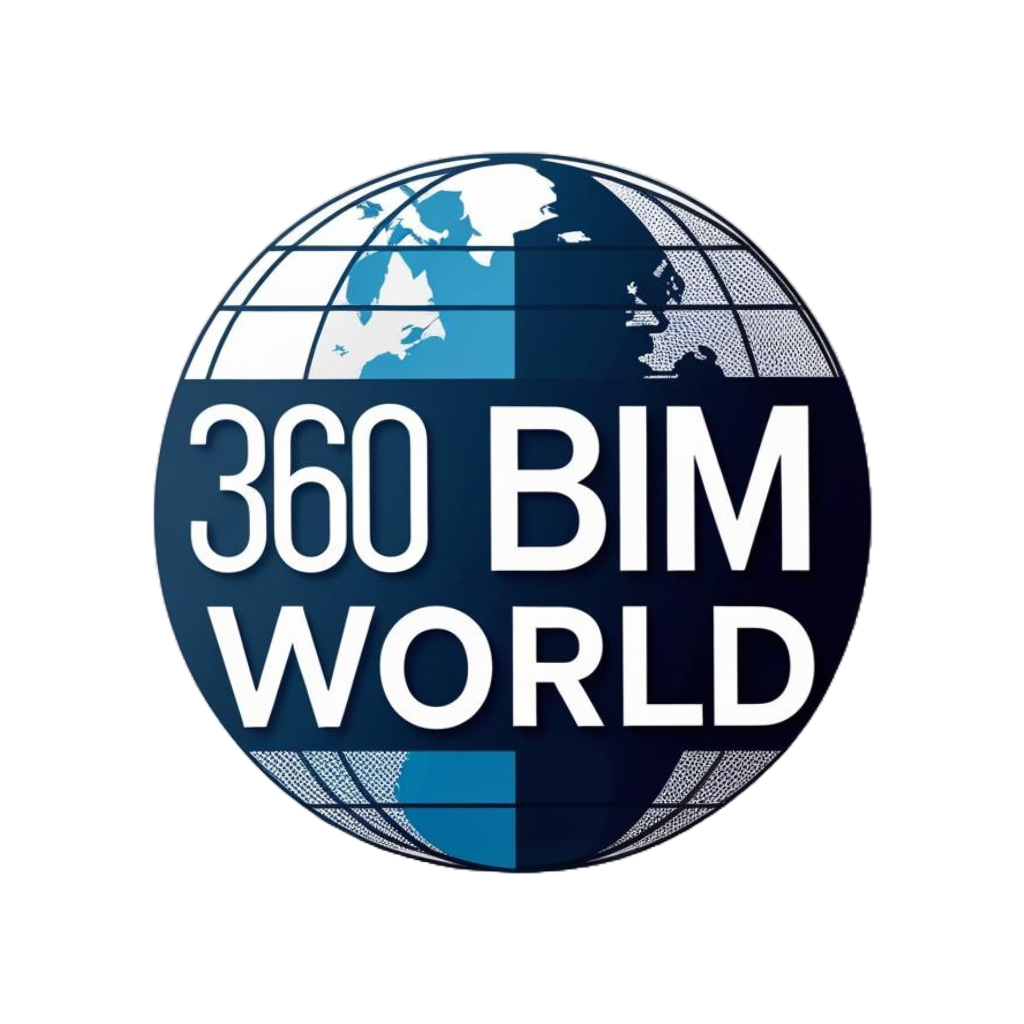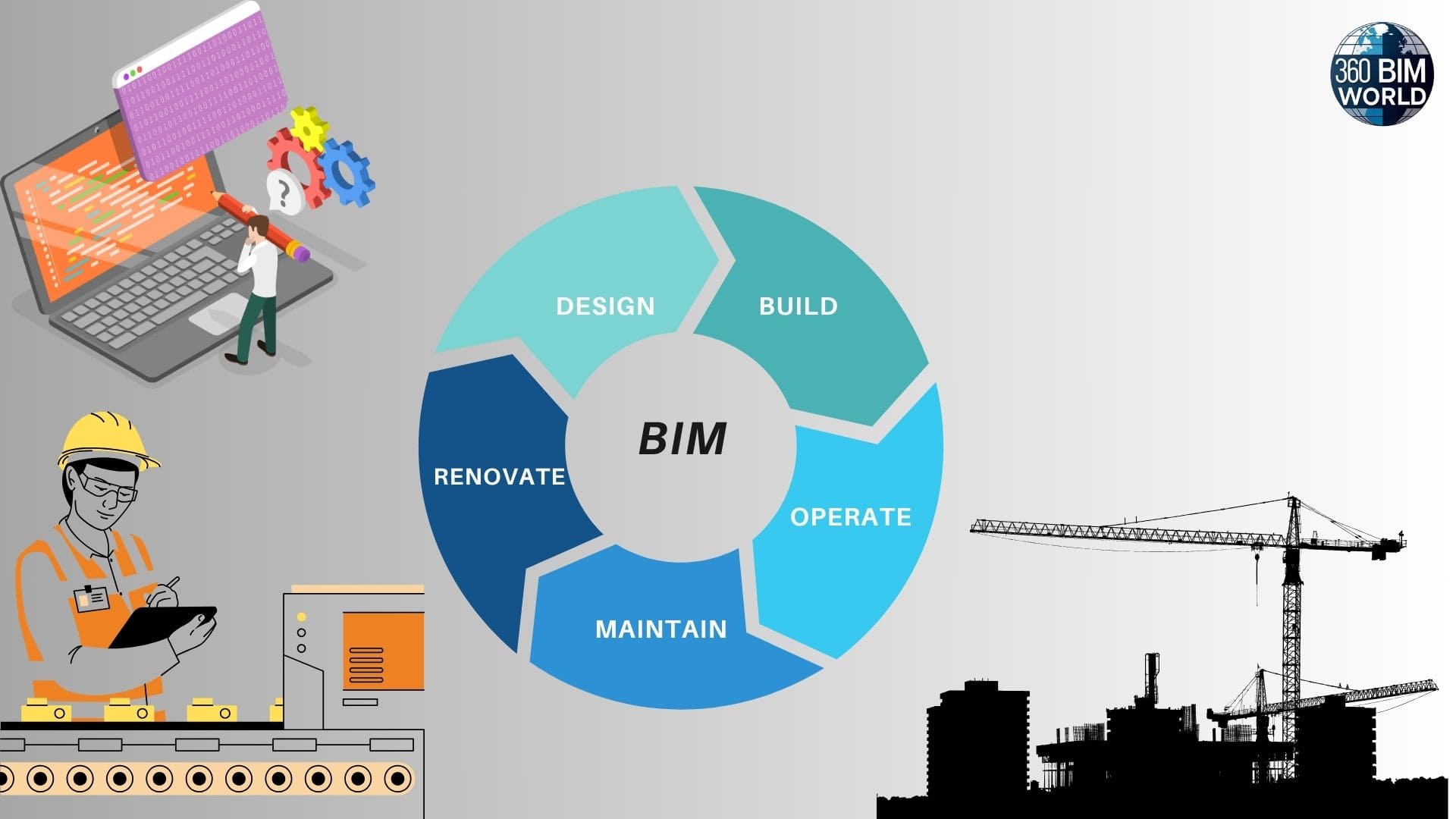Are you new to BIM (Building Information Modeling) and unsure where to start? This guide will walk you through the basics, benefits, and key concepts of BIM, especially tailored for architects, engineers, construction professionals, and curious beginners.
What is BIM (Building Information Modeling)?
BIM is a digital process that allows you to create and manage 3D models of buildings, infrastructure, and systems. Unlike traditional 2D drawings, BIM includes geometric data and functional information, making it easier to plan, design, build, and operate a project more efficiently.
Why is BIM Important in Modern Construction?
BIM is transforming the AEC (Architecture, Engineering, and Construction) industry by enabling:
- Faster collaboration across teams and disciplines
- Accurate cost estimation and budgeting
- Clash detection to reduce rework on-site
- Sustainable and energy-efficient designs
- Digital twin creation for facility management
How Does BIM Work?
BIM uses intelligent 3D models where each component (wall, window, pipe, etc.) contains metadata like materials, cost, supplier, and maintenance requirements.
Popular BIM software tools include:
- Autodesk Revit
- Navisworks
- ArchiCAD
- Tekla Structures
- Bentley Systems
These tools help in modeling, documentation, simulation, and coordination.
Benefits of Using BIM
Here’s why BIM is becoming essential:
| Benefit | Impact |
|---|---|
| Improved Collaboration | Centralized data & cloud sharing |
| Time & Cost Savings | Reduce design changes and rework |
| Visualization | 3D walkthroughs improve client understanding |
| Lifecycle Management | Supports operation & maintenance |
| Sustainability | Enables energy modeling & material tracking |
Key BIM Concepts Every Beginner Should Know
Level of Development (LOD): Defines how much detail a BIM element has (from LOD 100 to LOD 500).
Clash Detection: Identifies spatial conflicts before construction.
BIM Dimensions:
- 3D – Geometry
- 4D – Time/Scheduling
- 5D – Cost Estimation
- 6D – Sustainability
- 7D – Facility Management
Getting Started with BIM in 2025
Here are 5 practical steps to start your BIM journey:
- Understand the basics – Take beginner BIM courses online
- Choose the right software – Revit, ArchiCAD, or SketchUp
- Practice modeling – Start with simple residential projects
- Join BIM communities – Learn from LinkedIn groups or local events
- Stay updated – Follow BIM trends, ISO standards & government mandates
Common Questions About BIM
Q1: Is BIM only for large-scale projects?
No! BIM is scalable and can be used for small homes, retail buildings, and infrastructure projects.
Q2: Is BIM a software or a process?
BIM is a process, not just a software. It involves planning, designing, building, and managing projects collaboratively using digital tools.
Q3: Can BIM help reduce construction delays?
Absolutely. With clash detection, better coordination, and digital simulations, project delays are minimized.
Q4: Does BIM improve collaboration among architects, engineers, and contractors?
Absolutely. BIM provides a centralized 3D model, enhancing real-time collaboration and communication between all project stakeholders—crucial for “BIM for architects” and “BIM for contractors”.
Q5: Can BIM help with accurate cost estimation and budgeting?
Yes. BIM models include detailed material quantities and specifications, supporting precise cost estimation and budget control.
Q6: Is BIM useful for facility management after construction?
Definitely. BIM supports facility management by providing comprehensive building data for maintenance, renovations, and space planning.
Q7: How does BIM contribute to sustainability and green building?
BIM allows simulation of energy efficiency and environmental impact, helping design sustainable buildings and meet green building standards.
Q8: Does BIM reduce errors and rework during construction?
Yes. Automated information sharing and early clash detection through BIM significantly reduce errors, rework, and material waste—key benefits for “BIM implementation in construction”.
Q9: Can BIM be used for renovation projects or only new construction?
BIM is valuable for both new construction and renovation projects, aiding in accurate planning, documentation, and lifecycle management.
Q10: Is adopting BIM expensive for small architecture or construction firms?
While there is an initial investment in BIM training and software, long-term savings from reduced errors, improved efficiency, and better project outcomes often outweigh the costs.


Leave a Reply